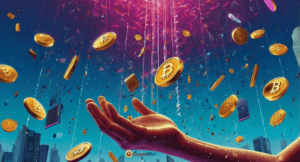{ digital rupee, digital currency, cryptocurrency, RBI, blockchain, pilot, wholesale CBDC, retail CBDC, payments, transactions, banking, financial inclusion, digital finance, fintech}
India is on the verge of releasing a revolutionary new form of currency – the digital rupee. As the world rapidly transitions towards a digital economy, central banks worldwide are exploring Central Bank Digital Currencies (CBDCs) to modernize finance.
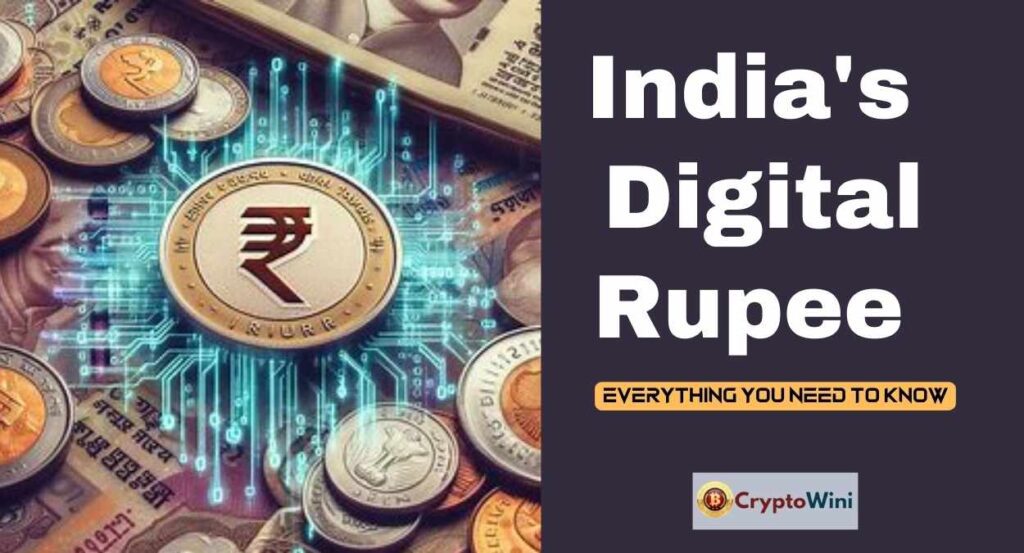
After several pilot tests in 2022, the Reserve Bank of India (RBI) is poised to launch the digital rupee for public use within 2024. This first-of-its-kind digital currency issued by RBI has the potential to transform financial services and transactions in India.
This in-depth guide covers all you need to know about the workings, benefits, present status, and future impacts of a CBDC like the digital rupee.
What is the Digital Rupee?
The digital rupee is the digital version of India’s fiat currency issued by RBI, just like paper notes and coins. It is quite different from private virtual currencies like Bitcoin or Ethereum.
Some key properties of the digital rupee:
- Central bank-issued: Digital rupee’s value is backed by RBI, unlike decentralized cryptocurrencies.
- Legal tender: It will be equivalent to cash and accepted as a medium of payment nationwide.
- Digital token: The digital rupee will be issued in the form of digital tokens using blockchain distributed ledger technology.
- Controlled supply: RBI will have full control over the issuance and supply of the digital rupee.
- Interest-bearing: The digital rupee can be designed to pay interest on savings, unlike paper currency.
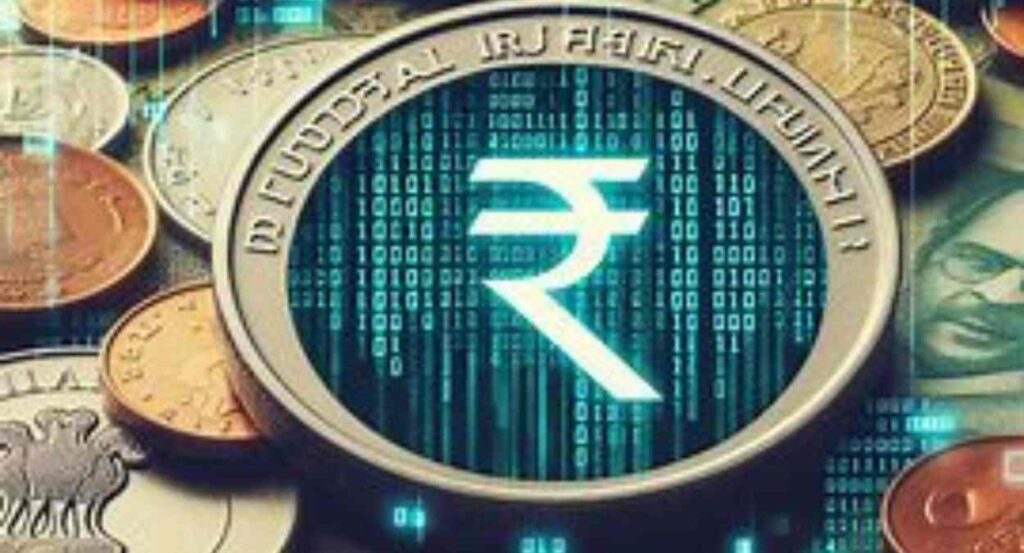
How Does the Digital Rupee Work?
The digital rupee ecosystem will involve RBI, banks, end-users and authorized payment system operators. Here is a step-by-step overview:
- RBI will issue blockchain-based digital tokens to banks and payment service providers.
- These entities will distribute and manage digital rupee wallets for end-users to store, receive and make payments.
- Users can convert the rupee balance in their bank account into digital rupee stored locally in e-wallets.
- Transactions can be both Person to Person (P2P) and Person to Merchant (P2M) through scanning QR codes or using wallet apps.
- The digital rupee will enable offline transactions via Bluetooth-based tech even without the Internet.
- Interoperability will be built to transact seamlessly across different payment systems.
Benefits of a Digital Rupee
As a central bank digital currency, the digital rupee aims to make transactions more efficient, transparent, accessible and secure.
Faster and Cheaper Transactions
The Unified Payments Interface (UPI) has already made digital transactions instant 24/7. The digital rupee built on blockchain can potentially reduce transaction costs further and eliminate intermediary charges.
Financial Inclusion
The digital rupee can expand access to financial services for the unbanked population by enabling accounts on phones without paperwork.
Targeted Monetary Policy
A CBDC gives central banks greater control over money supply and circulation. RBI can target relief or stimulus packages more accurately.
Improved Monetary Transmission
The digital rupee can accelerate the pass-through of policy rate cuts to bank lending rates due to the direct liability of RBI on citizens.
Reduced Cash Usage
The digital rupee may encourage using digital payments more via discounts or incentives, reducing risky and expensive cash usage.
Good news for people:
Digital rupee has the potential to make payments more seamless, accessible and secure for every Indian. If executed properly, it can boost innovation in fintech, e-commerce, digital finance and more.
For the full working of the digital rupee, regulatory frameworks and digital infrastructure will need to drastically improve across India, especially in rural areas. But the long-term promise remains exciting.
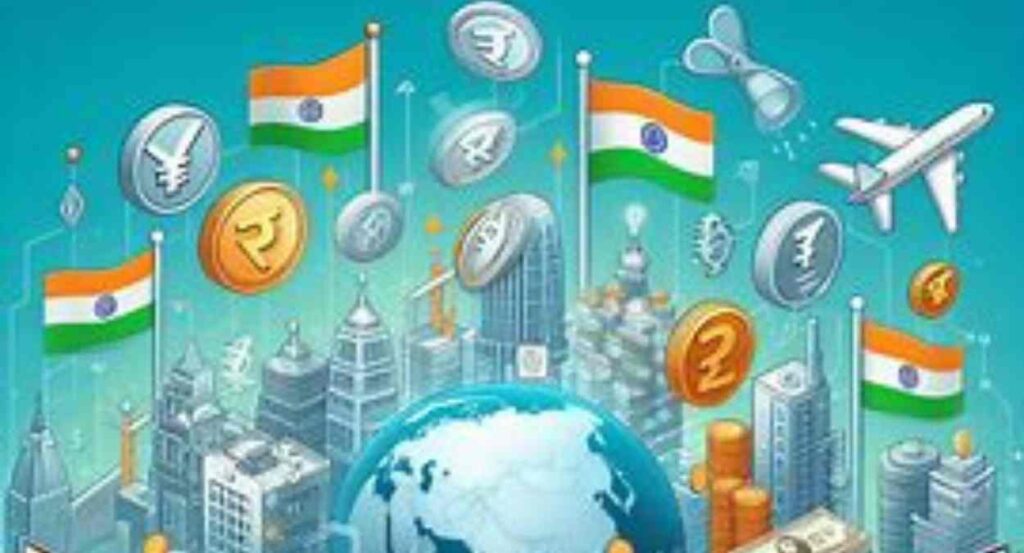
Current Status of India’s Digital Rupee Pilots
RBI is adopting a graded approach for launching the digital rupee, with initial pilots testing it in the wholesale and retail segments:
- Wholesale CBDC: In November 2022, RBI tested the wholesale digital rupee (e₹-W) for interbank settlements with the participation of 8 banks including SBI, ICICI and HDFC. This will make interbank market transactions faster.
- Retail CBDC: The next step is retail CBDC (e₹-R) pilots for public digital rupee transactions within restricted areas. RBI announced retail pilots will start in early 2024 with 4 banks.
Some features being tested in retail digital rupee pilots:
- Offline transactions via QR codes between wallet apps and merchants.
- Interoperability with India’s retail payment systems like UPI, cards and wallets.
- Various distribution models with a cap on digital rupee holdings per person.
Based on learnings from these pilots, the full-scale launch of the digital rupee for citizens across India is expected by late 2024 or 2025.
Meanwhile, several commercial banks like SBI, HDFC, ICICI and PNB are also developing supporting applications and systems to issue digital rupee wallets and enable transactions.
The digital rupee pilots have showcased the potential benefits of a CBDC in making payments seamless, traceable and reducing transaction costs. But the real test remains in securely scaling it across India.
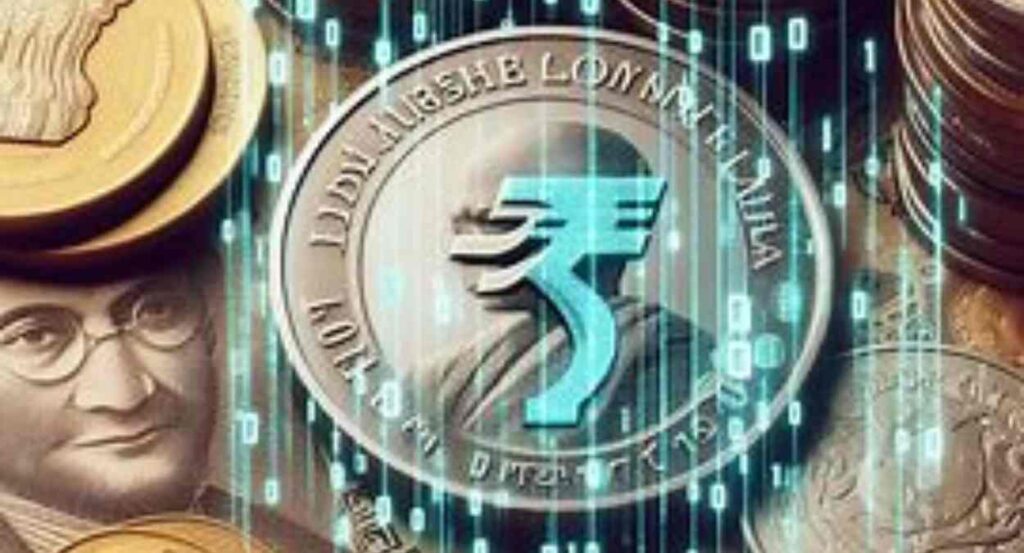
How Can You Get and Use the Digital Rupee?
Here is a step-by-step process for the public to access and transact using the digital rupee once fully launched:
Get a Digital Rupee Wallet
Banks will issue dedicated digital rupee wallets, either within their existing mobile apps or as new standalone apps. KYC-compliant users can download a digital wallet app and set up their account.
Convert Money into Digital Rupee
Users can convert money from their bank account into digital rupee and store it in their wallet. RBI may set limits on how much digital rupee one person can hold.
Make Transactions
To make payments, scan any merchant’s QR code or VPA using the digital rupee app. Money will instantly transfer from the payer’s wallet to the payee’s bank account.
Spend Like Cash
Users can also spend digital rupee via offline P2P transactions using Bluetooth/NFC when not connected to the internet, just like paper currency.
Withdraw Digital Rupee
If needed, users can convert the digital rupee balance in their wallet back into paper currency by withdrawing at a bank branch or ATM.
So in practice, think of the digital rupee like cash stored in digital form for making seamless payments using your mobile phone.
Let’s understand how to buy digital rupee again with bullet bullet points :
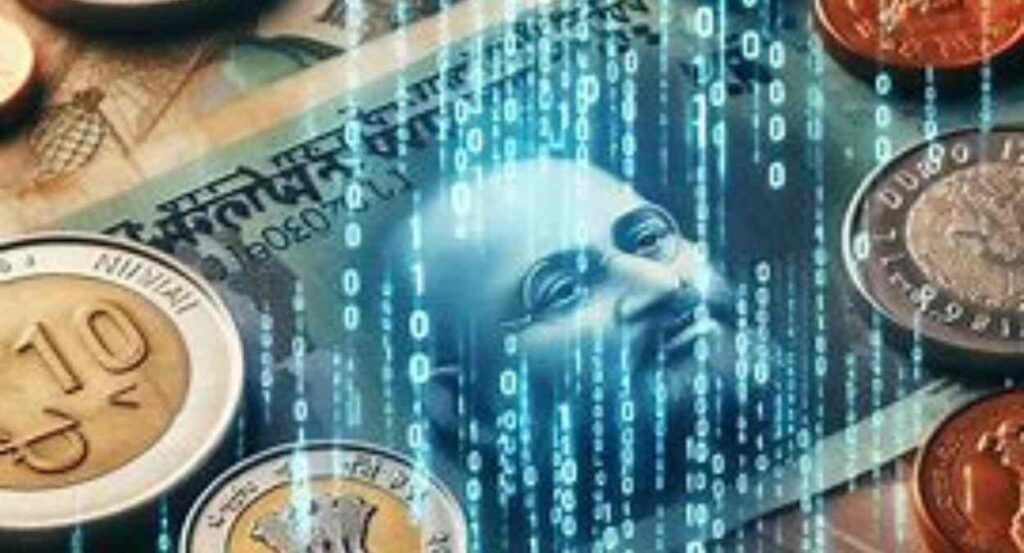
How to Buy Digital Rupee
Once the digital rupee is publicly launched by RBI, here are the steps to buy it:
- Download a digital rupee wallet app from your bank when they are released. Apps will be launched by banks like SBI, ICICI, HDFC etc.
- Complete KYC verification on the app to activate your digital rupee wallet.
- Transfer money from your regular bank account to your digital rupee wallet app. This can be done via UPI, NEFT, RTGS, or IMPS.
- The money deposited will reflect as a digital rupee balance in your app wallet.
- Set up digital rupee payments by scanning merchant QR codes or generating a UPI ID for your digital rupee wallet.
- You can now use the digital rupee balance to make instant, low-cost payments to merchants and individuals.
- RBI may implement limits on how much digital rupee one person can hold or transact in a day.
Buying a digital rupee will be as easy as downloading a banking app once it goes live. It aims to make digital transactions seamless across India.
Potential Impact of the Digital Rupee on India
If adopted widely, the digital rupee can significantly shape India’s financial landscape and economy. Let us look at some potential changes:
More Innovations in Fintech and Digital Finance
Startups and tech companies will get a major boost to innovate further on digital payment technologies, decentralized finance and reaching the unbanked population through digital rupee platforms.
Competition for Commercial Banks
Banks may need to rethink their deposit and lending products as the digital rupee provides RBI a direct liability to citizens. It can disrupt the fractional reserve banking system.
Monetary Policy Implementation
RBI will have greater flexibility in expanding and contracting money supply using a CBDC. It can quicken the transmission of policy rate cuts to bank lending rates.
Dependence on Cash
The digital rupee may gradually reduce the high dependence on cash for transactions if adopted widely for P2P and P2M payments across India.
Currency Management Costs
Over the long term, the digital rupee can significantly reduce RBI’s costs related to printing, transporting, storing and replacing paper currency and coins.
However, the digital rupee also faces major challenges and uncertainties in its path to full-scale adoption:
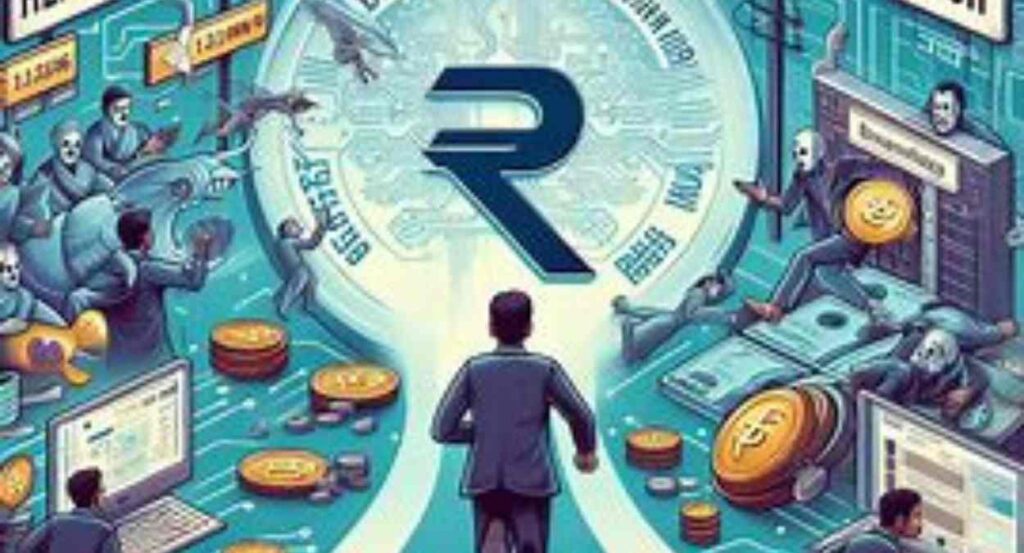
Risks and Challenges Facing the Digital Rupee
While promising, the digital rupee’s success is not guaranteed. India needs to tread carefully to mitigate risks like cyber frauds, operational errors and over-disruption:
Cybersecurity and Data Privacy
Digital systems are vulnerable to hacking, viruses and online fraud. Robust cybersecurity protocols and data encryption will be critical.
Interoperability Issues
Seamless interoperability with existing payment systems like UPI, IMPS, and cards has to be ensured for easy user adoption.
Technological Barriers
Many Indians still use basic phones and lack digital access. Extensive digital infrastructure is needed for digital rupee adoption across India.
Financial Stability Risks
In times of banking crisis, people may shift deposits rapidly into digital rupee leading to the disintermediation of banks.
Monetary Policy Uncertainty
The impact of the digital rupee on money supply, interest rates, credit creation and RBI operations remains ambiguous and needs close monitoring.
Loss of Privacy and Anonymity
A CBDC increases the government’s visibility into personal transactions. There are risks of mass surveillance and loss of financial privacy.
Operational and Cyber Risks
Operational failures and cyber attacks can disrupt the digital infrastructure powering the digital rupee ecosystem. Robust contingency plans are essential.
For a smooth rollout, India needs enhanced digital literacy, cybersecurity, data protection regulations and anti-money laundering controls. The costs and benefits of the digital rupee will need controlled testing and monitoring.
The Future of Currency in India
How will the payments landscape evolve in India with the emergence of the digital rupee? Here are some potential scenarios:
Limited CBDCs in the Near Term
The digital rupee is expected to complement, not replace paper currency shortly. Cash will remain dominant for small-value transactions.
Gradual Rise of Digital Payments
Digital payments via UPI, cards, and online transfers will continue rising steadily. The digital rupee will give a boost to innovative payment technologies.
Persistence of Informal Cash Economy
A large informal and rural cash economy will persist even in the digital rupee era due to habits, ease of use and privacy concerns around digital surveillance.
Private Crypto Unlikely to be a Legal Tender
Private cryptocurrencies like Bitcoin face an uncertain future as RBI plans to launch its digital currency. Crypto is unlikely to gain legal tender status in the foreseeable future.
Digital Rupee Adoption Over 5 Years
The digital rupee may take at least 5-10 years to spread across India as a popular, mainstream payment option given the need for massive digital infrastructure.
Therefore we can say India is on the cusp of an exciting digital money revolution with the upcoming launch of the digital rupee. If implemented successfully, it has the potential to transform payment systems, financial inclusion, innovation and monetary policy effectiveness. Like any big disruption, risks and challenges remain. However, the digital rupee is a promising step towards the future of money in India.
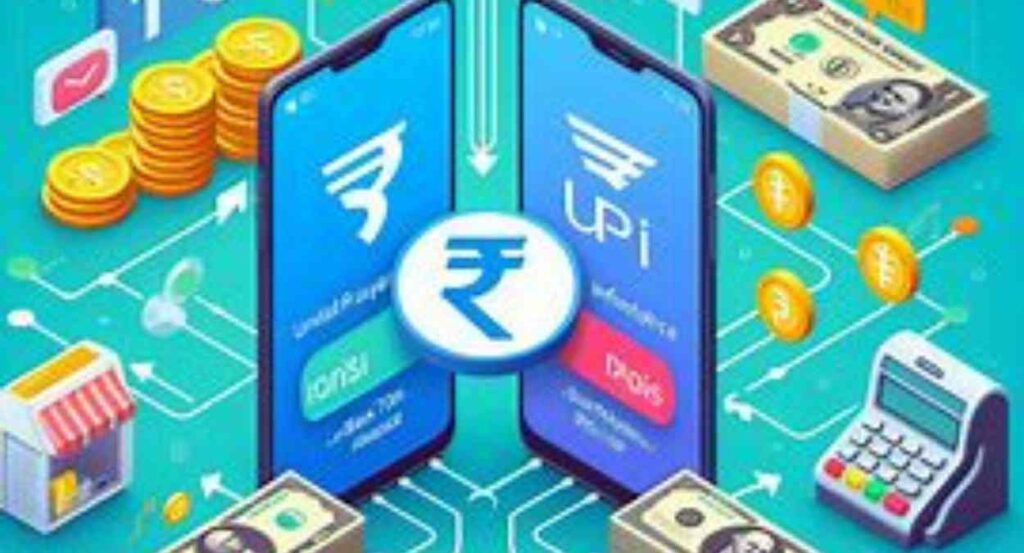
How is the Digital Rupee Different from UPI?
The Unified Payments Interface (UPI) has been a game changer for instant digital payments in India. But how does it compare to the upcoming digital rupee?
While UPI and the digital rupee are both innovative payment systems, there are some key differences:
Legal Tender Status – The digital rupee will be a legal tender declared by RBI while UPI is a payments interface built by NPCI upon existing banking infrastructure.
Tokenization – The digital rupee will exist as digital tokens on the blockchain while UPI transactions involve the transfer of regular bank account balances.
Offline Payments – Digital rupee wallets can potentially enable transactions without the internet using QR codes. Most UPI transactions require connectivity.
Anonymity – The digital rupee offers lower anonymity compared to UPI as transaction details are visible to RBI.
Interest Bearing – Digital rupee can be made interest-bearing while UPI itself does not offer interest.
Monetary Policy Role – RBI can implement monetary policy directly using the digital rupee. It has no role in privately-run UPI.
Transaction Charges – Digital rupee transfers could have negligible charges due to direct RBI involvement. UPI transfers may have charges.
Maturity – UPI has seen massive adoption since 2016. The digital rupee will take time to spread across India.
However, UPI will continue to evolve and address aspects like offline payments. The digital rupee aims to complement platforms like UPI to make India a leading digital economy.
Frequently Asked Questions About the Digital Rupee
Here are answers to some common questions people have about the digital rupee:
Q. What are the benefits of the digital rupee over existing payments like UPI?
The digital rupee aims to offer direct settlement, lower transaction costs, offline payments and instant money transfer compared to UPI. It has the added advantage of being a legal tender issued by RBI.
Q. Is the digital rupee the same as Bitcoin or blockchain-based cryptocurrencies?
No, the digital rupee will be centralized, regulated by RBI and exchangeable with the paper rupee. Cryptocurrencies are decentralized with volatile open market value.
Q. How safe is the digital rupee against hacking or loss of money?
The digital rupee system will incorporate blockchain technology and other advanced security protocols. RBI will insurance cover risks and absorb losses in case of mishaps.
Q. Can the digital rupee completely replace physical cash in the future?
Replacing cash fully is unlikely shortly. The digital rupee will complement cash and other digital payments. Cash provides anonymity that digital money cannot.
Q. How can the digital rupee help India progress towards a cashless economy?
By providing a trusted digital alternative to cash, the digital rupee can encourage cashless transactions using digital wallet apps, QR codes, etc. across India.
Q. What kind of digital infrastructure is required for the adoption of the digital rupee?
Widespread access to smartphones, internet connectivity, and cellular and power infrastructure especially in rural areas will be needed for digital rupee adoption across India.
Q. How soon can India expect the full-scale launch of the digital rupee for retail use?
Based on RBI’s pilots, the targeted timeline is 2024-2025. But to become mainstream nationally may take 5 years or longer.
This covers the key questions people have about the opportunities and challenges posed by RBI’s upcoming digital rupee. Let us wait and watch its actual impact when launched across India.
In Summary: Key Takeaways About India’s Digital Rupee
These are the key takeaways :
- The digital rupee is a central bank digital currency (CBDC) that RBI will issue as a digital token.
- It aims to make transactions more efficient, accessible and secure compared to cash and other payment options.
- RBI is currently testing wholesale and retail digital rupee pilots to develop the ecosystem.
- Citizens will be able to convert money into digital rupees stored in digital wallets issued by banks once launched.
- If adopted widely, it can transform India’s payment systems, monetary policy, financial inclusion and fintech innovation.
- But risks around cybersecurity, interoperability, financial stability and digital access will need to be managed.
- The digital rupee promises to bring the benefits of digital money to Indian citizens in a regulated framework. Exciting times lie ahead!
Also Read :
Bitcoin News-Triumphant Return in 2024: Price Soars Past $50k as Crypto Spring Blooms Early
11 Best AI Crypto Primed For Massive Growth Through 2024
How To Buy Cryptocurrency In India Legally And Securely: The Complete 2024 Guide
Hot Wallets for Cryptocurrency: A Complete Guide to Usage, Safety, and Security
How Would A BlackRock Bitcoin Spot ETF Disrupt The Crypto Market In 2024?
Blockchain Trends 2024 Revealed: Are You Prepared for the Revolution?
























